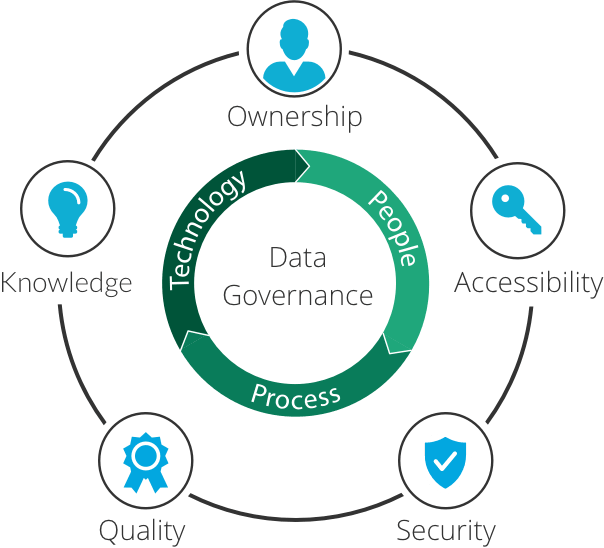Employee training is the key to success for any organization. It equips employees with the knowledge, skills, and abilities (KSAs) necessary to do their jobs effectively. However, employee training is not something to be taken lightly. It requires creative, organized planning and a solid commitment to ensuring that employees receive the best possible training. You must develop an employee training strategy that aligns with your organization’s goals and objectives. A good strategy should include measurable goals, a timeline for completion, and a budget. Additionally, you should consider the following when developing an employee training program:
1. Identify Employee Training Needs
You cannot conduct training without knowing the weak spots of your employees. Evaluate your organization and determine the skills, knowledge, and abilities employees need to succeed. To identify training needs, you can conduct surveys, interviews, or focus groups to assess current performance levels and identify areas for improvement. Additionally, you should pay close attention to any feedback from employees about their job roles and how they could be improved.
You can also create a “skills gap analysis” to identify employees’ skills to reach their peak performance.
For example, if you want to integrate virtual reality into your operations, your employees may not have the necessary skills or knowledge. Creating a training program on virtual reality development can help bridge this gap. The goal is to identify where employees are lacking and provide them with the tools they need to succeed.
2. Choose the Right Training Format
The method of delivery has a significant influence on the success of a training program. The most common training formats include classroom-based instruction, on-the-job training, eLearning, and blended learning. Each format has its advantages and disadvantages, so it is crucial to choose the one that best suits your organization’s goals, objectives, budget constraints, and timeline.
As digitalization becomes more prevalent, more organizations are turning to eLearning as an efficient way of training their employees. This type of training is cost-effective and provides a wealth of flexibility in terms of delivery and scheduling. It also offers real-time feedback, which is vital for monitoring progress and ensuring the effectiveness of your training program.
3. Assess Available Resources
Before you create any training materials, it is essential to assess the resources available within your organization. Determine what kind of technologies, materials, and instructors are available for training sessions and the budget allocated for employee training programs. Your organization may already have some of these resources in place, or you may need to outsource them. If you are working with a tight budget, it’s worth investigating if partnering with another organization would be beneficial in terms of costs and resources.
You need to also consider if the training program requires additional resources, such as books or other educational materials. If you need to purchase these items, ensure they fit within your budget and timeline. Understanding the available resources and associated costs can help you create a realistic budget for your training program.
4. Prioritize Training Needs
The goal of identifying your training needs is to prioritize them in order of importance. Consider which skills or knowledge are required for employees to reach their full potential and prioritize them accordingly. Those that require urgent attention should be given the highest priority, followed by those that can wait a bit longer.
Prioritizing training needs also helps simplify the process of creating and selecting materials for the program. If you have identified 20 skills that need to be taught but only have enough resources to cover 10, then prioritize them based on importance. This will help ensure that employees receive the most critical information in their training. It is crucial to prioritize training needs in organizations with limited resources, as this lets you focus on the most important skills first.
5. Budget
Employee training can be expensive, so creating a budget is essential. Determine how much money you can allocate to employee training and stick to it. Consider the cost of developing materials, instructor fees, travel expenses, and other related costs. It’s also essential to account for unforeseen expenses during your training program. If you overestimate your budget, you may waste money on unnecessary expenses.
If you’re working with a tight budget, consider partnering with another organization to share resources and costs. This is a great way to reduce expenses while still providing employees with the training they need. You can also look into cost-saving measures, such as using online learning tools or open-source materials.
6. Create a Training Plan
You need a roadmap of sorts to guide you through the process of creating and implementing your training program. A training plan can help keep you organized, on track, and focused on achieving your goals. Your training plan should include a timeline for when each step needs to be completed, as well as detailed descriptions of the materials that need to be created and distributed. It’s also important to include metrics that will measure the success of your training program. Your plan should be reviewed and updated regularly to ensure it is still relevant and effective in meeting the needs of your employees.
7. Monitor Performance and Adjust Where Necessary
Once your training program is up and running, it’s important to monitor its performance. This includes tracking employee progress and measuring their engagement with the material. If employees are not meeting expectations or if you feel that certain aspects of the program need to be adjusted, don’t hesitate to make changes.
The goal should always be to optimize the program to ensure that employees receive the best possible training. Monitoring the results of a training program also helps you identify opportunities for improvement and areas where you may need more resources. This can help you prioritize your budget when it comes time to allocate funds for future training programs.
Investing in employee training is essential for any organization that wants to remain competitive and successful. Taking the time to create a realistic budget, prioritize training needs, develop a plan and monitor performance will help ensure that your training program is effective and efficient in meeting the needs of your employees. Businesses that invest in their employees will reap the rewards of a motivated and engaged workforce. This leads to higher productivity and improved customer satisfaction.




